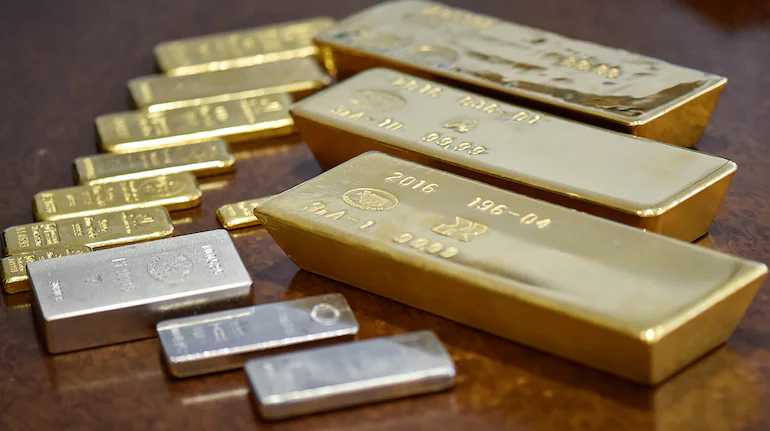For investors looking for opportunities outside of the traditional equity & fixed income securities markets, gold & silver futures contracts can provide a speculative play, a hedge against inflation, an alternative investment class, or a commercial hedge. Alternatively, these contracts can be used as a commercial hedge.
Be forewarned that buying and selling in this market involve considerable risk, which could be a greater factor than their potential upside return profiles. We’ll cover the fundamentals of silver and gold futures contracts & how they’re traded in this article, but be aware that you should proceed with caution.
What Exactly Is Meant By The Phrase “Precious Metals Futures Contracts”?
A legal agreement for supply of gold and silver at agreed-upon price at a future date is known as a precious metal futures contract. These contracts are traded in financial markets. A futures exchange is responsible for standardizing the contracts in terms of the number, quality, delivery time, and location. Only the pricing is subject to change.
These contracts are utilized by hedgers as a method for mitigating the price risk associated with an anticipated buying or selling of the real metal. Speculators also have the chance to participate with in market through the use of futures, even though they do not have any physical backing.
Futures Contract Parameters And Conditions
The COMEX is one of the gold futures markets in the United States. This is a contract for one hundred troy ounces. 2
Contracts for silver are traded not just on the COMEX . the exchanges are involved in trading the contracts, which are for a total of 5,000 ounces. 4 3 In addition, the COMEX offers an e-mini future contract for silver that is 2,500 ounces. 5
Gold Futures

The price of gold is expressed as an amount per ounce in dollars and cents. For instance, if the price of gold is now selling at $600 per kg, the value of the contract would be $60,000 ($600 multiplied by 100 ounces). A trader who purchases 100 ounces of gold at $600 and then sells it at $610 would make a profit of $1,000 ($610 minus $600 equals a $10 profit; $10 multiplied by 100 ounces equals $1,000). On the other hand, a trader who purchases a long position at $600 and then sells around $590 will incur a loss of $1,000.
The smallest possible change in price, known as a tick size, is 10 cents. The market is allowed to have a wide range of prices, but the prices themselves must vary in increments of at least ten cents. 1
Deliveries are made to vaults in the New York area. The exchange reserves the right to alter these vaults at any time. According to volume and open interest, the months of February, April, June, August, and October are the most active for trading. December is the least active month.
The exchanges will impose position restrictions in order to keep the market organized and stable. The maximum number of contracts that a single participant is allowed to hold at any given time is referred to as the position limit. Both hedgers and speculators are subject to position limits, but they are not the same.
Silver Futures
Just like gold, the price of silver is measured in dollars and cents per ounce. For the purpose of illustration, assuming that the price of silver is $10 per ounce, the “large” contract has a value of $50,000 (5,000 ounces x $10 per ounce), whilst the “small” contract has a value of $10,000 (1,000 ounces x $10 per ounce).
The tick size is 0.001 cents per ounce, which translates to five dollars for each large contract and one dollar for each micro contract.
The market may not trade in increments of a lower size, but it does deal in multiples of a bigger size, such as cents.
The delivery requirements, similar to those for gold, stipulate vaults located in the New York area. According to volume and open interests, the months of March, May, July, and September as well as December are the most active months for delivery. Silver, like gold, is subject to position restrictions that are imposed by the exchanges.


